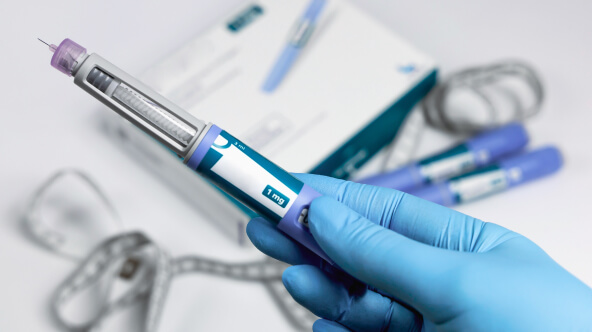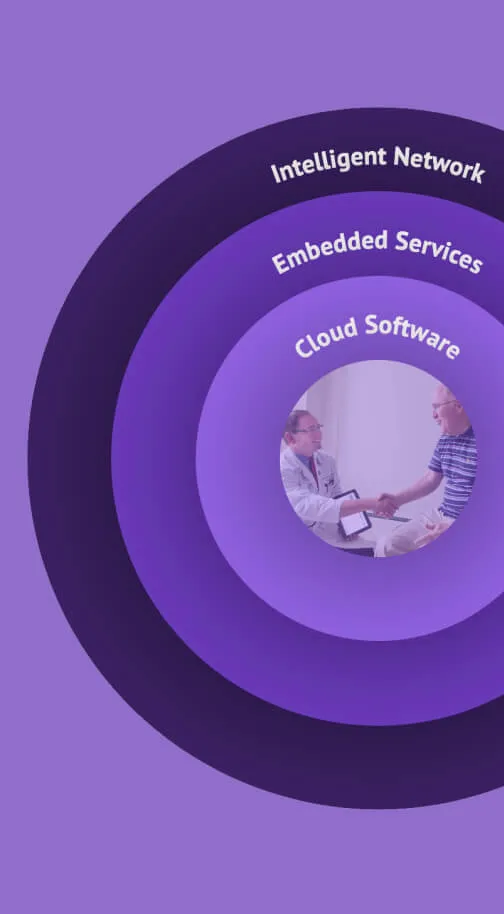Resource Center
All ContentBlogCase Studies
- Christy Maerz
- March 20, 2025
- 7 min read
Get crucial RCM metrics for better practice management
Discover how Insights Dashboards enable your practice to quickly and accurately measure performance. Read moreYou may also like

- Chad Dodd
- April 15, 2025
- 6 min read
athenahealth research
What physicians really want from their EHR
Get findings and expert insights to help your practice bridge the gaps with data exchange.
Read more orthopedics
Advisory Services automates reporting and accelerates insights
- 7%increase in return patient visits YoY
- 9%improvement in contractual adjustments YoY

- athenahealth
- April 17, 2025
- 4 min read
advisory services
Advisory Services: Driving orthopedic practice efficiency
See how athenahealth’s Advisory Services boost orthopedic practice management performance for three organizations.
Read more 
- athenahealth
- April 17, 2025
- 6 min read
athenahealth research
National GLP-1 trends reveal evolving prescribing patterns
Prescription rates of semaglutide meds like Ozempic are shifting. Learn more from athenahealth data.
Read more 
- Chad Dodd
- April 15, 2025
- 6 min read
athenahealth research
What physicians really want from their EHR
Get findings and expert insights to help your practice bridge the gaps with data exchange.
Read more orthopedics
Advisory Services automates reporting and accelerates insights
- 7%increase in return patient visits YoY
- 9%improvement in contractual adjustments YoY

- athenahealth
- April 17, 2025
- 4 min read
advisory services
Advisory Services: Driving orthopedic practice efficiency
See how athenahealth’s Advisory Services boost orthopedic practice management performance for three organizations.
Read more 
- athenahealth
- April 17, 2025
- 6 min read
athenahealth research
National GLP-1 trends reveal evolving prescribing patterns
Prescription rates of semaglutide meds like Ozempic are shifting. Learn more from athenahealth data.
Read more 
- Chad Dodd
- April 15, 2025
- 6 min read
athenahealth research
What physicians really want from their EHR
Get findings and expert insights to help your practice bridge the gaps with data exchange.
Read more Empower your practice

AI powered patient engagement
Learn how AI tools can help improve patient loyalty and outcomes.






